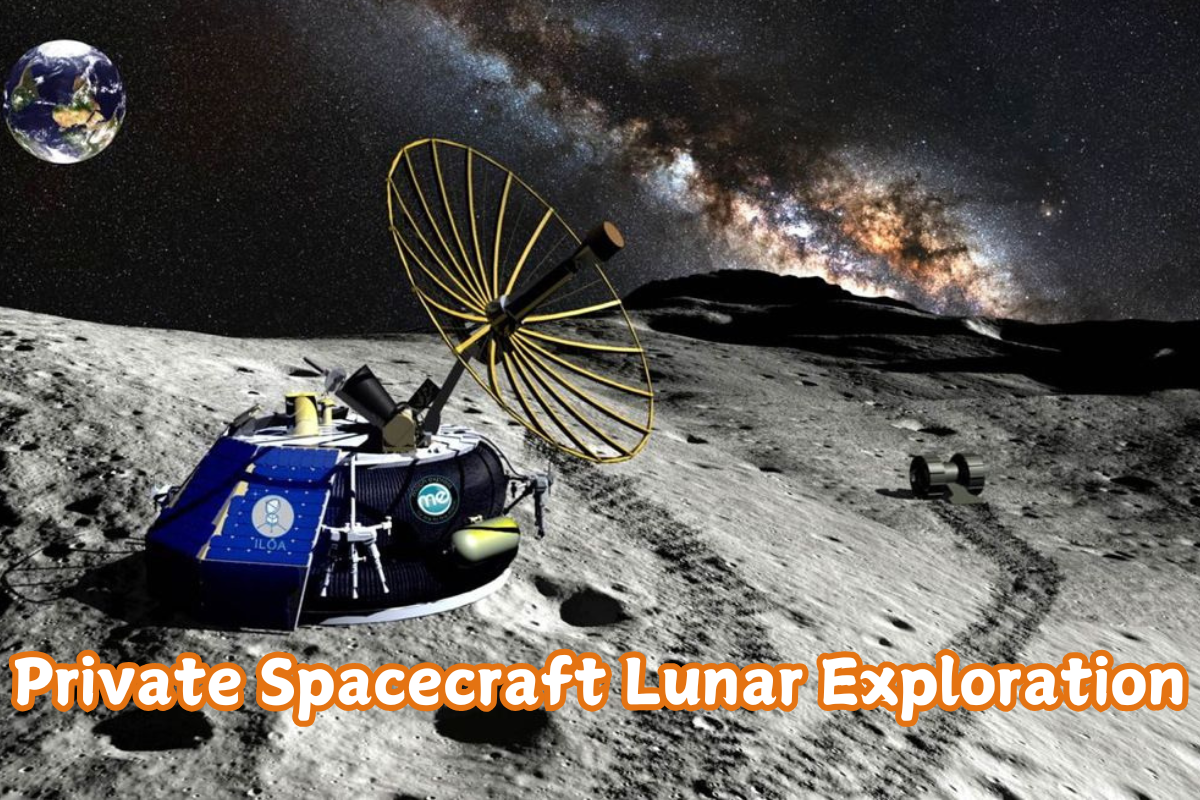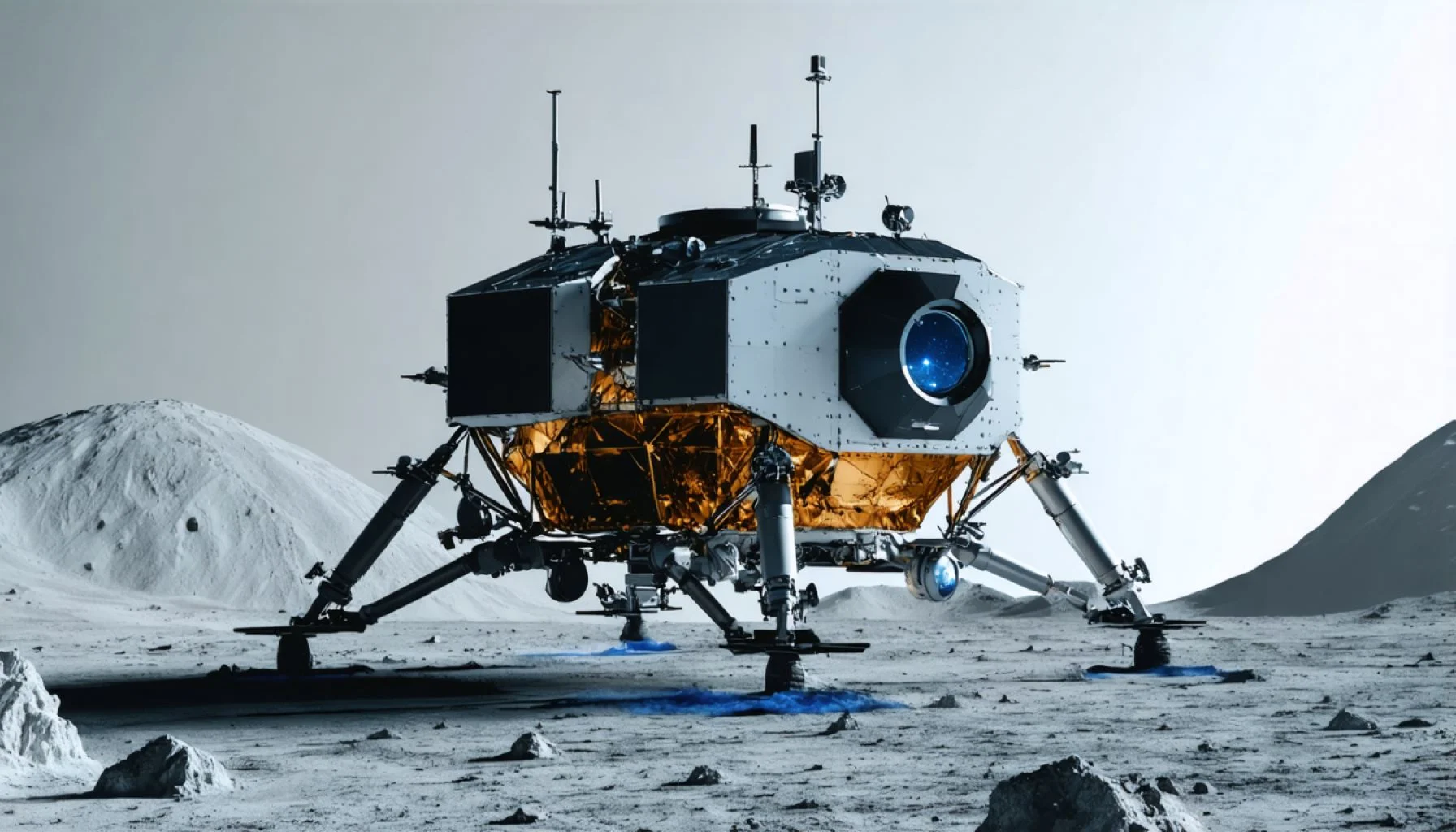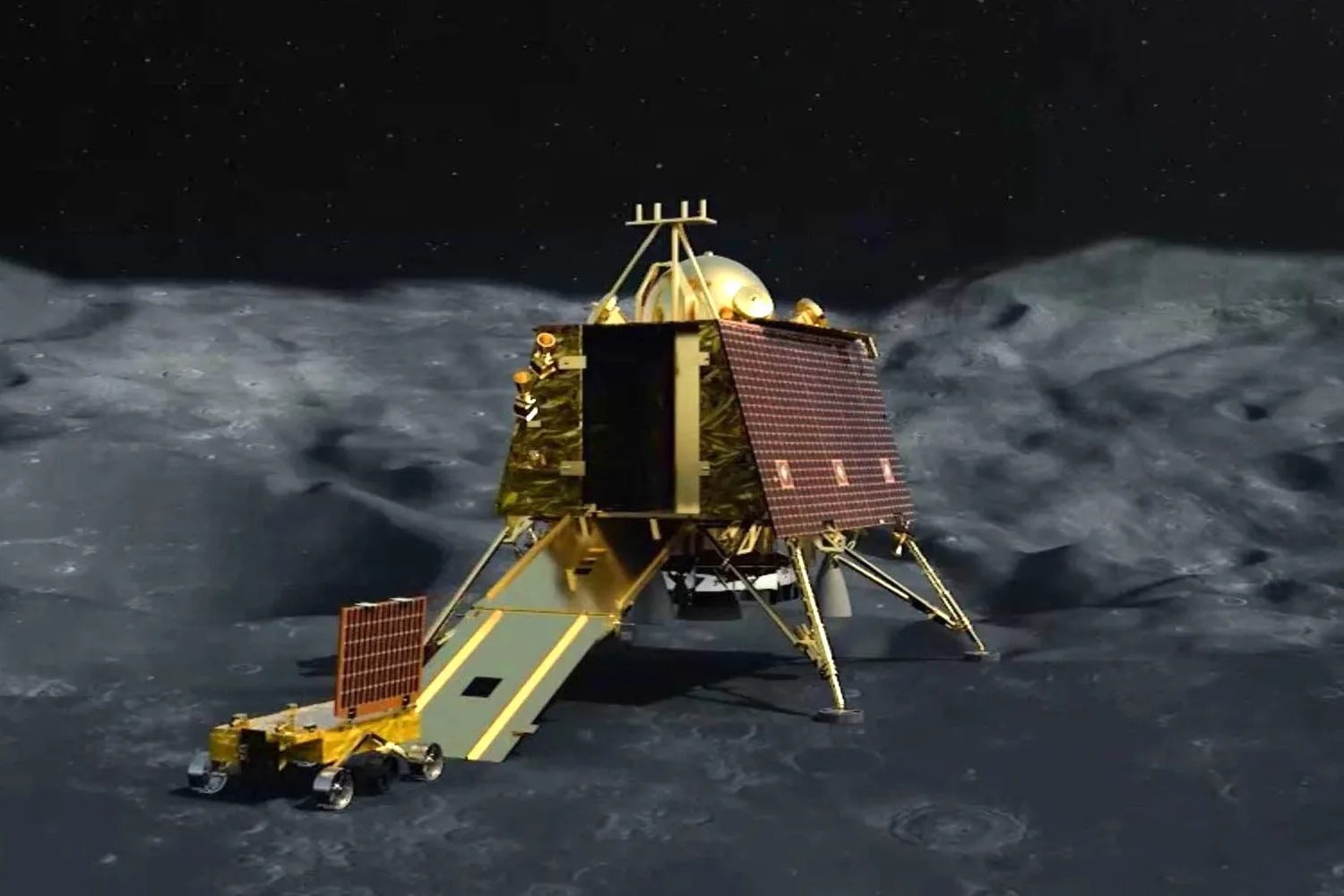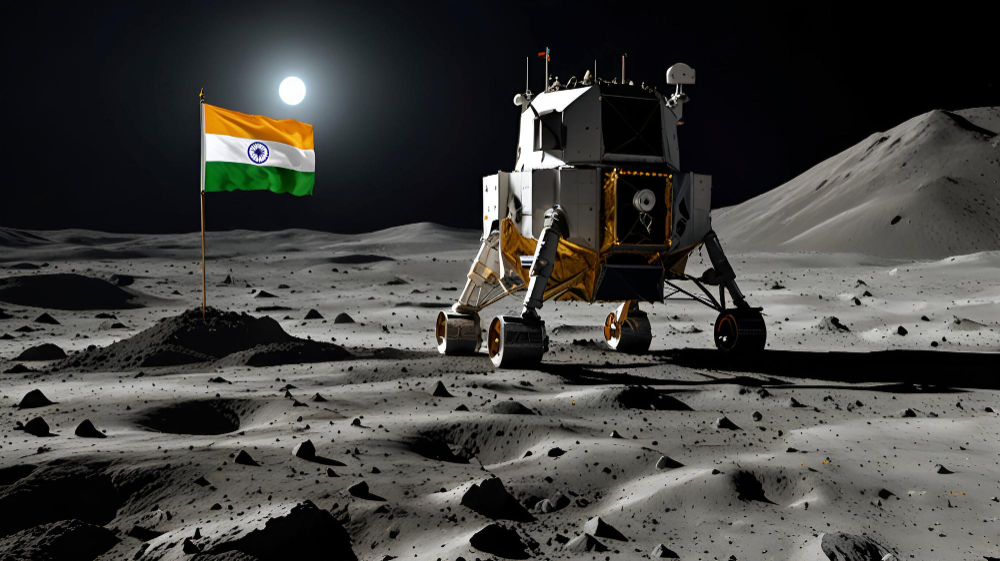
How Private Spacecraft are Reshaping Lunar Exploration
A Giant Leap for Private Spaceflight
For centuries, the Moon has symbolized mystery and ambition. Now, Private Spacecraft Lunar Exploration is reshaping the future—not just through government missions, but with private companies making history. On February 25, Firefly Aerospace’s Blue Ghost lander became only the second privately-built spacecraft to land on the Moon, successfully touching down on the vast lava plains of the Sea of Crises.
The moment was monumental—cheers erupted at Firefly’s headquarters in Texas as mission control confirmed a smooth landing. Unlike its predecessor, Intuitive Machines’ Odysseus, which toppled over after landing last year, Blue Ghost stood firm, ready for its 14-day mission.
A New Age of Lunar Missions
The private space race is heating up. Firefly Aerospace, SpaceX, and Intuitive Machines are just a few of the new players carving their place in lunar history. The successful landing of Blue Ghost proves that commercial spaceflight is not just a fantasy—it’s a reality.

Image Credits:pune.news
This mission is part of NASA’s Commercial Lunar Payload Services (CLPS) program, which funds private companies to send scientific instruments and technology demonstrations to the Moon. NASA awarded Firefly $101.5 million for the Blue Ghost mission to help pave the way for future human missions under the Artemis program.
Why the Moon Matters More Than Ever
But why are companies and space agencies so eager to return to the Moon? The answer lies in science, sustainability, and the dream of interplanetary expansion.

Image Credits:Popular Mechanics
 Unlocking Lunar Resources:
Unlocking Lunar Resources:
The Moon holds vast reserves of Helium-3, a potential fuel for future fusion reactors, and evidence of frozen water—critical for human survival and deep-space travel.
 Testing Ground for Mars:
Testing Ground for Mars:
With Artemis aiming to put astronauts back on the Moon, understanding lunar conditions is key before setting sights on Mars.
 Space Weather & Earth Studies:
Space Weather & Earth Studies:
Instruments aboard Blue Ghost will study how space weather affects Earth, take X-ray images, and analyze lunar soil to help us better understand the Moon’s history.

Image credits:scimag.news
India’s Lunar Footprint: Chandrayaan’s Legacy
While the U.S. leads private sector lunar missions, India has also made remarkable strides in Moon exploration.
 Chandrayaan-3 Success:
Chandrayaan-3 Success:
In August 2023, India became the first nation to land near the Moon’s south pole, with ISRO’s Vikram lander and Pragyan rover uncovering valuable data about lunar soil and temperature.

Image credits:NASA
 Future Missions:
Future Missions:
India is now working on Chandrayaan-4, aiming for sample return missions and furthering its role in global lunar exploration.
 Private Sector Participation:
Private Sector Participation:
Indian startups like Agnikul, Skyroot Aerospace, and Bellatrix Aerospace are now developing small launch vehicles and space technologies that could contribute to future lunar missions.
What’s Next? The Future of the Moon Race
Blue Ghost’s success is just the beginning. More private spacecraft will follow, paving the way for a sustainable human presence on the Moon.
 Artemis Missions:
Artemis Missions:
NASA’s Artemis program is gearing up to send humans back to the Moon by 2026, with a permanent lunar base planned in the coming decade.

Image credits:Space.com
 Moon Mining & Habitats:
Moon Mining & Habitats:
Companies are now exploring lunar construction technologies, with robotic mining and 3D-printed moon bases becoming real possibilities.
 India’s Role in the Global Moon Race:
India’s Role in the Global Moon Race:
With Chandrayaan’s breakthroughs and rising private sector innovation, India could soon partner with NASA or other agencies for joint missions—or even lead its own commercial lunar projects.

Final Thoughts: Are We Witnessing the Birth of Lunar Unicorns?
In the startup world, a unicorn is a rare, billion-dollar company. In space, these ambitious missions are becoming the “unicorns of the Moon”—daring ventures that redefine what’s possible.
As private companies land on the Moon, one thing is clear: the next golden age of space exploration is here—and this time, it’s driven by visionaries, dreamers, and trailblazing companies.

 The Moon is open for business. Who’s next?
The Moon is open for business. Who’s next? 
Will we soon see a permanent human settlement on the Moon? Only time will tell. But one thing is certain: the lunar surface is no longer just for astronauts—it’s for entrepreneurs too.
IS360 Can be Reached at
Sharing is caring!

